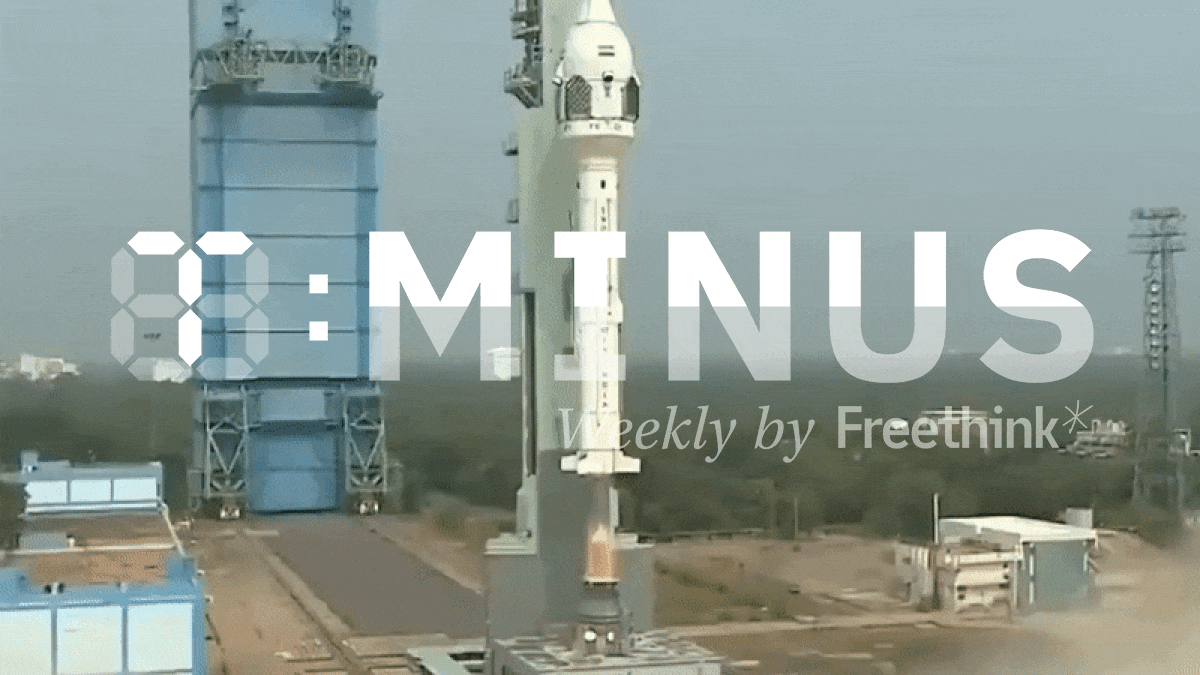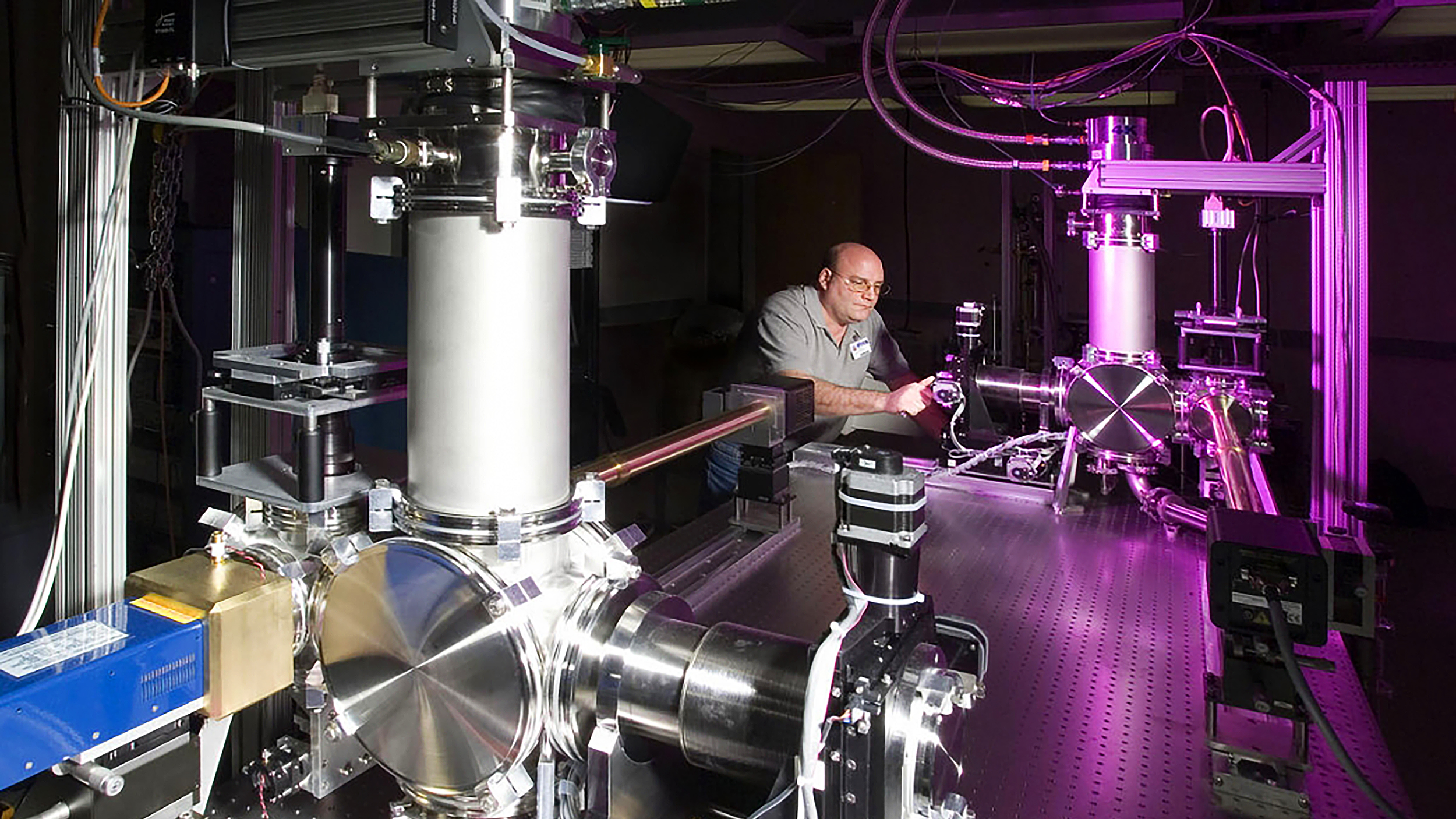T-Minus: Starship’s big flight, an alien hunter’s gift, and more

This is T-Minus, where we count down the biggest developments in space, from new rocket launches to discoveries that advance our understanding of the universe and our place in it. Humanity is reaching new heights in space exploration. Make sure you’re part of the journey by subscribing here.


An alien-hunter’s big gift
Rather than waiting for little gray aliens to swing by Earth and ask to rendezvous with our leader, scientists at the SETI Institute are actively searching the cosmos for extraterrestrial life, primarily by using telescopes to hunt for signs of alien technology.
The non-profit institute, which spun out of a small “search for extraterrestrial intelligence” program at NASA in the 1980s, relies solely on donations, private funding, and grants to support the work of its more than 100 scientists, which currently cost about $25-$30 million annually.
On November 8, the non-profit announced a $200 million donation from the estate of Franklin Antonio, co-founder of the telecom company Qualcomm. Antonio, who passed away in 2022, had been working with the SETI Institute for more than a decade, providing both funding and technical knowledge to advance its mission.
“[W]e now have the opportunity to elevate and expedite our research and make new discoveries to benefit all humanity for generations to come,” said Bill Diamond, the institute’s president and CEO. “In his memory, the SETI Institute will continue its pursuit of one of the biggest and most profound questions in all of science, a question as old as humanity itself — are we alone in the universe?”


The “dark mysteries” telescope
In July 2023, the European Space Agency (ESA) launched Euclid, a space telescope with the ambitious mission to record incredibly sharp images of billions of galaxies — including ones that are up to 10 billion light years away — over the next six years.
Astronomers plan to use those images to construct the world’s largest 3D map of the cosmos and — they hope — unravel some of the mystery surrounding dark matter and dark energy.
“Dark matter pulls galaxies together and causes them to spin more rapidly than visible matter alone can account for; dark energy is driving the accelerated expansion of the universe,” said Carole Mundell, ESA’s Director of Science. “Euclid will for the first-time allow cosmologists to study these competing dark mysteries together.”
Euclid is expected to begin its routine science observations from Lagrange point 2 — the same neighborhood in space occupied by the James Webb Space Telescope — in early 2024, but on November 7, ESA shared the first stunning full-color images captured by the telescope, giving the world of taste of what’s to come.
“Euclid will make a leap in our understanding of the cosmos as a whole, and these exquisite Euclid images show that the mission is ready to help answer one of the greatest mysteries of modern physics,” said Mundell.


SpaceX’s in-development Starship, the biggest rocket in the world, is expected to return astronauts to the moon, deliver people to Mars for the first time, and maybe even transport people anywhere on Earth in less than an hour.
Before any of that can happen, though, SpaceX needs to prove the rocket can survive a flight — the company’s first launch attempt ended with an explosion about 4 minutes after liftoff.
On November 18, SpaceX tried again, and this time, Starship soared to an altitude of 91 miles — officially putting it in space — before SpaceX lost contact with the rocket, triggering it to self-destruct.
According to SpaceX CEO Elon Musk, the next Starship will be ready to fly again in December, but the company won’t be able to test it until the FAA finishes its investigation into this launch and issues a license for the next one.
That might not happen until 2024, but after more than 7 years of development, we’re now tantalizingly close to seeing Starship deliver on its promise to transport people to the moon and beyond.
This article was originally published by our sister site, Freethink.





